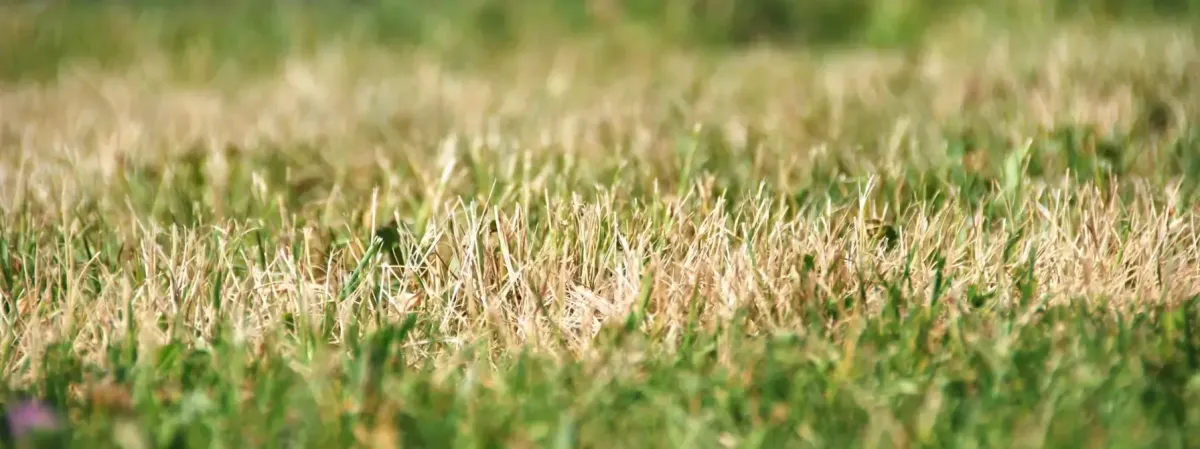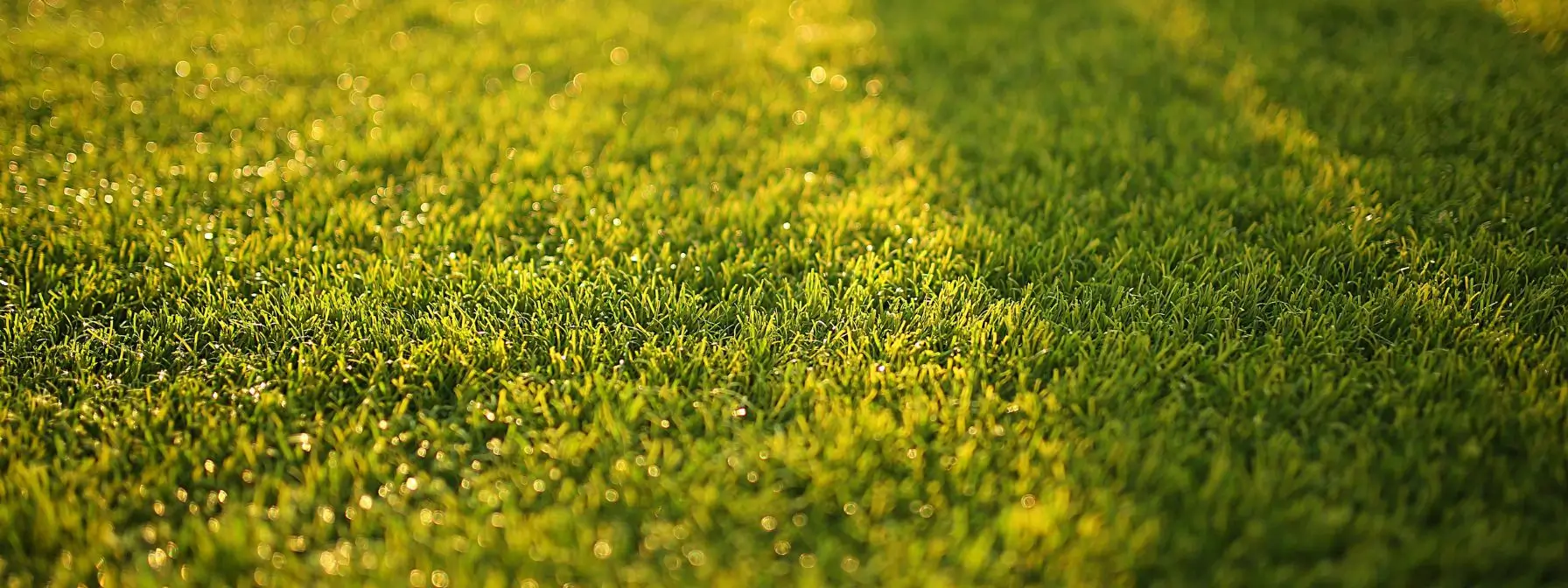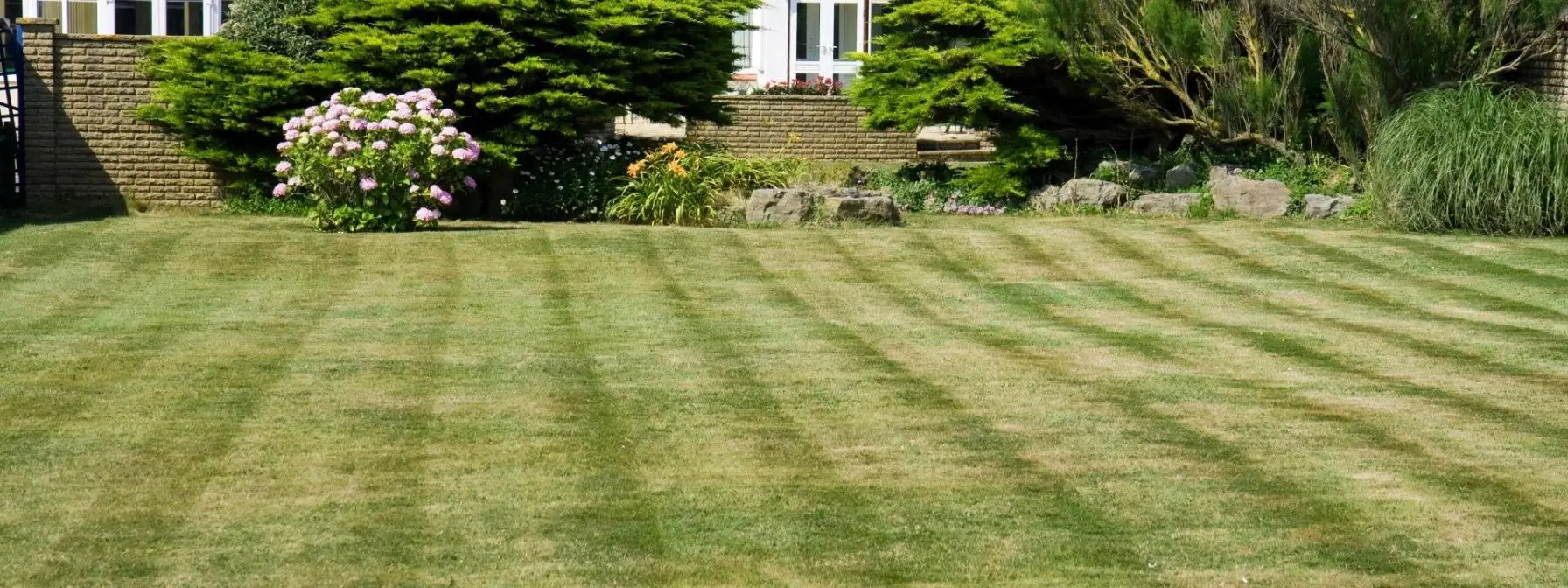
Why Your Grass Struggles & How to Revive It | HMD Landscaping
In Baltimore, achieving a lush, vibrant lawn can be challenging due to unique environmental factors, soil conditions, and urban influences. Many homeowners find their grass struggling to establish or maintain healthy growth despite regular watering and mowing, leaving them frustrated and unsure of the next steps. This article addresses the most common problems that hinder grass health in Baltimore while offering practical, eco-friendly solutions tailored to the region's climate and soil composition. You will learn how to diagnose the underlying causes of poor turf growth—from nutrient deficiencies to inadequate care practices—and discover a range of revitalization methods proven to restore and sustain a thriving lawn.

Identifying Top Reasons Your Grass Struggles in Baltimore
Understanding why your grass is not flourishing is the first step toward successful lawn rehabilitation. In Baltimore, several challenges may negatively impact your lawn, including underlying soil deficiencies and improper drainage. One significant factor is that many Baltimore soils are low in essential nutrients such as nitrogen and organic matter. Without these, grass cannot produce the chlorophyll necessary for healthy photosynthesis and growth. Additionally, lawns that do not receive the correct balance of water—often due to inefficient irrigation systems or improper watering practices—begin to show stress and disease symptoms.
Insufficient sunlight is another factor. Tall buildings or overgrown trees can cast long shadows, preventing grass from receiving the light needed for vigorous growth. Pest infestations and diseases, ranging from fungal infections to insect invasions, can further weaken grass by damaging roots and leaves. Baltimore’s high humidity and periodic droughts create a cycle of stress that further deteriorates lawn quality. Early observation of discoloration, thinning, or irregular growth can help diagnose these issues before irreversible damage occurs.
A complete soil test is recommended to confirm nutrient levels and identify pH imbalances, which can hinder nutrient uptake. Signs such as browning edges or an overall dull appearance often point to both poor maintenance practices and environmental challenges that must be addressed to restore vitality.
What Should I Do if My Grass Isn't Growing Well in Baltimore Initial Diagnostic Steps
If your grass isn’t meeting expectations, start with a basic soil analysis. A comprehensive soil test will reveal the pH level, nitrogen content, organic matter percentage, and any harmful substances. Baltimore soils are often low in organic matter and may be too acidic or alkaline; knowing your soil’s condition helps determine if amendments like lime or compost are needed. Sample different sections of your lawn, as conditions can vary across the property.
Next, review your current lawn upkeep practices. Evaluate how frequently you mow, water, and fertilize. Both overwatering and under-fertilizing can weaken your turf. Inconsistent watering can lead to shallow root growth, making the grass more vulnerable during heat. Also, check for soil compaction—a common issue in urban settings—as compacted soil restricts air and water penetration, hindering root expansion. Use a soil probe or push a long screwdriver into the ground; difficulty penetrating indicates compaction.
Observe your lawn for signs of distress such as patches of dead grass or soggy areas, which may reveal drainage issues, especially after heavy rainfall. Finally, consider whether the grass species selected is appropriate for Baltimore’s climate. Some varieties thrive in humid conditions, while others suffer under local weather fluctuations. Having the right variety is key for long-term lawn health. These diagnostic steps help identify the root causes of your lawn struggles and prepare you to address them with targeted solutions.
Essential Methods to Revitalize Your Baltimore Lawn Effectively
Once you have identified the issues affecting your lawn, the next step is to implement methods that revitalize your turf effectively. One key approach is amending soil imbalances with appropriate treatments, such as organic compost, well-rotted manure, or fertilizers designed for lawns. These amendments provide essential nutrients—particularly nitrogen, phosphorus, and potassium—and improve water retention and soil structure. With balanced nutrition, your grass will typically show improved color and density within a few weeks.

Adopting the correct watering schedule is equally important. Overwatering may lead to fungal diseases and shallow roots, while under-watering makes the grass dry and brittle. Water deeply and infrequently in the early morning to encourage roots to grow downward. Smart irrigation systems that adjust watering based on weather conditions can help maintain this balance. Aerating compacted soil boosts air and moisture uptake, relieving compaction and promoting better root growth by ensuring water, nutrients, and oxygen penetrate deeply.
Overseeding sparse areas is another effective strategy. Reseeding thin or bare patches with grass varieties that thrive in Baltimore fills gaps, reduces space for weeds, and creates a denser, more uniform lawn. Additionally, applying suitable fertilizers during key growth periods—typically in the spring and early fall—provides the critical nutrients your grass needs to recover from stress. Fertilizers enriched with slow-release nitrogen provide feeding over time rather than a quick burst that may burn the grass. Combining these methods creates a synergistic effect, helping your lawn rebound and resist future challenges.
Advanced Approaches for Achieving a Thriving Lawn in Baltimore's Conditions
Fight Weeds Early
Pull weeds by hand and use weed treatments when needed.
Use a mix of natural and chemical methods to keep weeds under control.
Control Bugs and Grubs
Watch for signs of pests with traps.
Test your soil and treat problems early with bug sprays or natural solutions.
Prevent Lawn Diseases
Keep grass dry and well-aerated to stop fungus.
Mow regularly and don’t overwater.
Mow the Right Way
Cut your grass to about 2.5 to 3.5 inches.
Use sharp blades for clean cuts and healthy growth.
Remove Thatch
Get rid of dead grass buildup to help water and nutrients reach the roots.
Get Regular Help
Keep up with routine lawn care.
Call a pro if you notice big problems like brown patches, pests, or poor soil.
Advanced Approaches List
Weed Control – Integrated Strategies to Limit Invasives: Employ both organic and chemical methods to manage persistent weed growth through regular inspections and targeted treatments.
Grub and Insect Management – Proactive Monitoring and Treatment: Use traps and soil tests to detect infestations early, enabling precise treatments that minimize root damage.
Disease Prevention – Improving Air Circulation and Moisture Control: Focus on proper mowing and timely de-thatching to prevent fungal diseases by maintaining adequate air movement.
Refined Mowing Techniques – Maintaining Appropriate Height and Frequency: Mow at the optimal height to maximize leaf area for photosynthesis and minimize stress from dull blades.
Professional Lawn Assessment – Expert Intervention for Persistent Issues: When standard care does not resolve recurring problems, professional services can offer comprehensive diagnostics and remediation.
Maintaining Lawn Vigor and Preventing Future Poor Grass Growth in Baltimore

Keeping your lawn healthy in Baltimore means adjusting your care routine with the seasons. In spring and fall, focus on fertilizing, overseeding, and aeration to help your lawn recover from weather stress. A consistent schedule that includes mowing, fertilizing, and dethatching helps prevent recurring problems.
Watch for early signs of trouble—like color changes, thinning, or thatch buildup—and act quickly. In summer, increase watering and use drought-resistant fertilizers to manage heat stress.
De-thatching improves airflow and water absorption, while adding compost or mulch each year boosts soil health. Regular soil tests help maintain proper nutrients and pH levels.
Using fewer chemicals and more sustainable practices protects your lawn’s ecosystem. For ongoing issues, professional lawn care services can provide targeted solutions and expert advice.
Lawn Maintenance Best Practices List
Seasonal Planning – Tailor Maintenance to Seasonal Needs: Develop a detailed schedule for mowing, fertilizing, overseeding, and aerating to ensure timely care.
Regular Soil Testing – Monitor Nutrient Levels and pH: Conduct annual soil tests to detect deficiencies and adjust fertilizer and lime applications accordingly.
Periodic De-Thatching – Enhance Air and Water Penetration: Remove dead organic matter regularly to improve soil aeration and nutrient uptake.
Consistent Mowing Techniques – Ensure Optimal Grass Height: Mow at a consistent height with sharp mower blades to minimize stress and promote uniform growth.
Organic Lawn Care – Emphasize Sustainability: Utilize organic fertilizers and natural pest control methods to foster a healthier ecosystem.
Frequently Asked Questions
Q: How can I tell if my soil is nutrient deficient?
A: Nutrient deficiencies often manifest as discolored patches, thin growth, or poor grass density. A soil test will assess essential nutrient levels and pH balance, helping you determine the necessary amendments.
Q: What is the best watering schedule for a Baltimore lawn?
A: Water deeply and infrequently, ideally in the early morning, to promote deep root growth while reducing evapotranspiration and the risk of fungal diseases. Adjust based on seasonal weather.
Q: Are organic fertilizers effective for Baltimore lawns?
A: Yes, they improve soil structure and fertility by releasing nutrients gradually and enhancing soil microbial activity, leading to healthier turf and long-term sustainability.
Q: How often should I aerate my lawn to combat soil compaction?
A: For most Baltimore lawns, once per year is sufficient. In heavily compacted areas, consider aerating twice yearly to improve water infiltration and root growth.
Q: Can I mix different grass types in my lawn?
A: Yes, especially in transition zones. A blend of cool-season and warm-season grasses creates a more resilient lawn that adapts better to local climatic variations and provides continuous coverage throughout the year.
Q: What is the impact of improper mowing on grass health?
A: Mowing too short or using dull blades stresses the grass, making it vulnerable to pests, weeds, and diseases. Proper mowing height and sharp blades ensure efficient cutting and a healthier lawn.
Q: How does organic lawn care benefit my soil in the long term?
A: It enriches the soil with natural compounds, increases microbial activity, and reduces chemical residue, ultimately enhancing soil fertility, promoting vigorous grass growth, and contributing to a healthier ecosystem.
Final Thoughts
Baltimore lawns come with their own set of challenges—nutrient-poor soil, irregular watering, and shifting local conditions. At HMD Landscaping, we specialize in identifying and addressing these issues through expert soil testing, smart grass selection, and tailored lawn care solutions. Our blend of advanced maintenance techniques and eco-friendly practices doesn’t just bring your lawn back to life—it builds lasting health and resilience. Let HMD Landscaping help you create a lush, sustainable lawn that thrives year-round and reflects the care and quality your property deserves.
